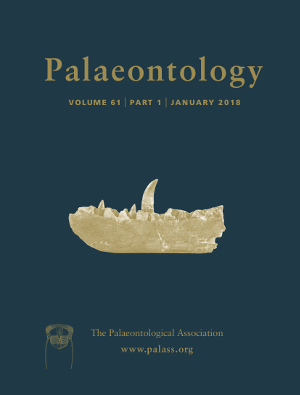Reg. Charity No. 1168330

Fossil taxa are critical to inferences of historical diversity and the origins of modern biodiversity, but realizing their evolutionary significance is contingent on restoring fossil species to their correct position within the tree of life. For most fossil species, morphology is the only source of data for phylogenetic inference; this has traditionally been analysed using parsimony, the predominance of which is currently challenged by the development of probabilistic models that achieve greater phylogenetic accuracy. Here, based on simulated and empirical datasets, we explore the relative efficacy of competing phylogenetic methods in terms of clade support. We characterize clade support using bootstrapping for parsimony and Maximum Likelihood, and intrinsic Bayesian posterior probabilities, collapsing branches that exhibit less than 50% support. Ignoring node support, Bayesian inference is the most accurate method in estimating the tree used to simulate the data. After assessing clade support, Bayesian and Maximum Likelihood exhibit comparable levels of accuracy, and parsimony remains the least accurate method. However, Maximum Likelihood is less precise than Bayesian phylogeny estimation, and Bayesian inference recaptures more correct nodes with higher support compared to all other methods, including Maximum Likelihood. We assess the effects of these findings on empirical phylogenies. Our results indicate probabilistic methods should be favoured over parsimony.